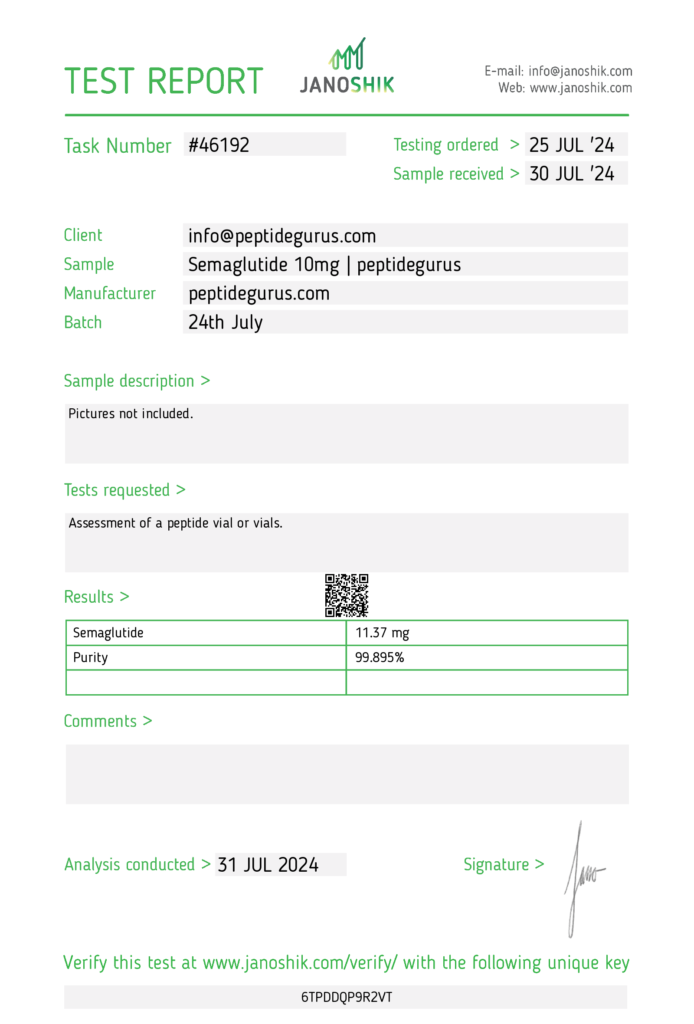


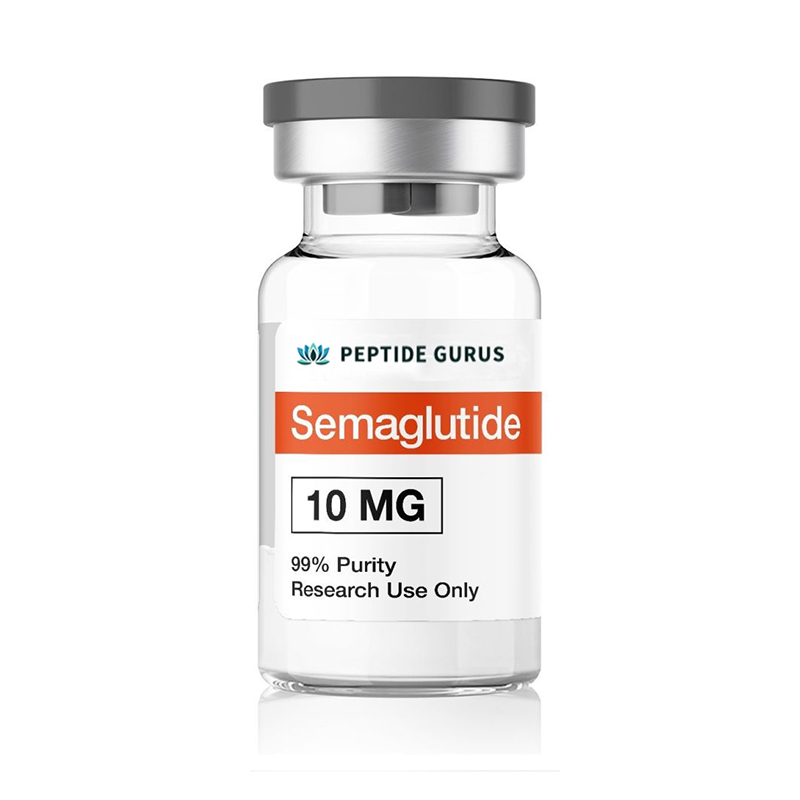
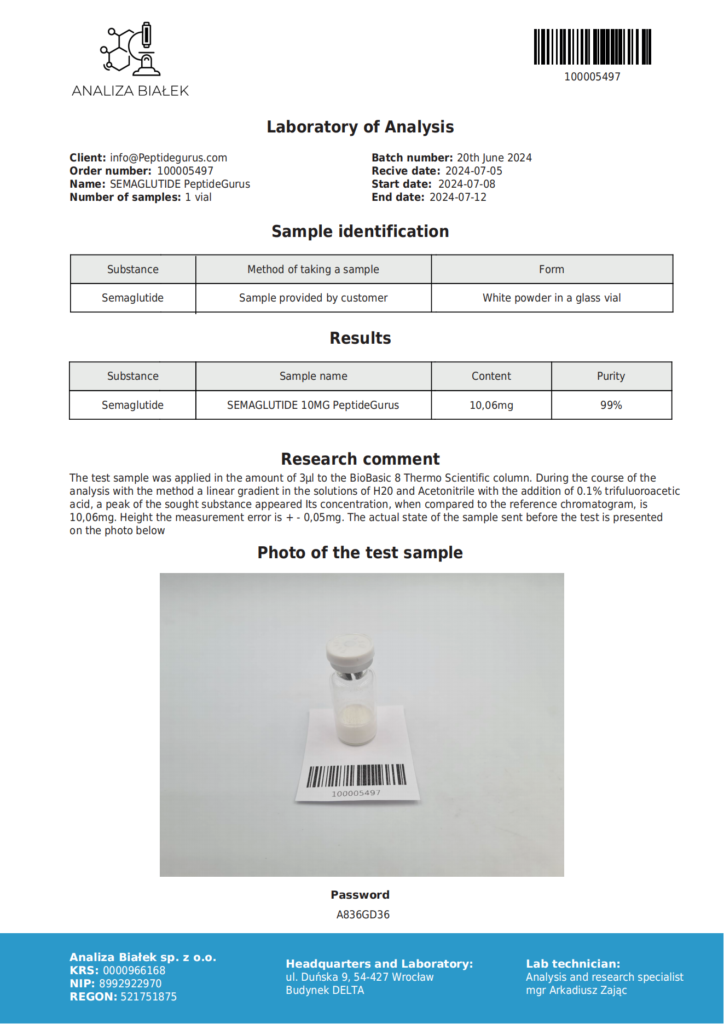

Categorie:Prodotto finito peptide, Peptidi e loro dosaggi
Semblutideè un derivato del GLP-1 presente in natura, un peptide noto per abbassare i livelli di zucchero nel sangue e migliorare la secrezione di insulina. La ricerca mostra che il semaglutide può anche migliorare la funzione cardiaca, epatica e polmonare contribuendo al contempo a rallentare o prevenire gli effetti della malattia di Alzheimer. È stato dimostrato che il semaglutide riduce in modo significativo l'appetito ritardando lo svuotamento gastrico e riducendo la motilità intestinale. L'analogo peptide-1 simile al glucagone (GLP-1) ha dimostrato di stimolare l'insulina e sopprimere la secrezione di glucagone in modo dipendente dal glucosio.
Acqua batteriostatica libera (1) da 30 ml
con ordini qualificati$ 500 USD.
(Esclude prodotti capsule, peptidi cosmetici, codici promozionali e spedizione)
Semblutideè un derivato del GLP-1 presente in natura, un peptide noto per abbassare i livelli di zucchero nel sangue e migliorare la secrezione di insulina. La ricerca mostra che il semaglutide può anche migliorare la funzione cardiaca, epatica e polmonare contribuendo al contempo a rallentare o prevenire gli effetti della malattia di Alzheimer. È stato dimostrato che il semaglutide riduce in modo significativo l'appetito ritardando lo svuotamento gastrico e riducendo la motilità intestinale. L'analogo peptide-1 simile al glucagone (GLP-1) ha dimostrato di stimolare l'insulina e sopprimere la secrezione di glucagone in modo dipendente dal glucosio.
Utilizzo del prodotto:Questo prodotto è inteso solo come chimica di ricerca.Questa designazione consente l'uso di sostanze chimiche di ricerca rigorosamente solo per test in vitro e sperimentazione di laboratorio. Tutte le informazioni sul prodotto disponibili su questo sito Web sono solo a scopo educativo. L'introduzione corporea di qualsiasi tipo nell'uomo o negli animali è severamente vietata dalla legge. Questo prodotto dovrebbe essere gestito solo da professionisti autorizzati e qualificati. Questo prodotto non è un farmaco, un cibo o un cosmetico e potrebbe non essere maltrattato, utilizzato in modo improprio o erroneamente come droga, cibo o cosmetici.
GLP-1, l'abbreviazione del peptide-1 simile al glucagone è un ormone peptidico corto e naturale di soli 30-31 aminoacidi di lunghezza. La sua funzione fisiologica primaria è ridurre i livelli di zucchero nel sangue migliorando naturalmente la secrezione di insulina. Funziona anche ruoli nella protezione dei negozi di insulina di cellule beta promuovendo la trascrizione del gene dell'insulina ed è stato collegato a effetti neurotrofici nel cervello e nel sistema nervoso centrale. Nel sistema GI, è stato dimostrato che GLP-1 riduce significativamente l'appetito ritardando lo svuotamento gastrico e riducendo la motilità intestinale. La ricerca preliminare ha mostrato impatti del GLP-1 nel cuore, nel grasso, nei muscoli, nelle ossa, nel fegato, nei polmoni e nei reni.
L'obiettivo principale della ricerca GLP-1 è stato nel regno del trattamento/prevenzione del diabete, nonché nella soppressione dell'appetito. La ricerca secondaria si concentra sui potenziali benefici cardiovascolari del peptide. La ricerca più recente, e quindi meno robusta, si concentra sulla capacità di GLP-1 di evitare la malattia neurodegenerativa. Sebbene quest'ultima area di ricerca sia più recente, è anche l'area in rapida crescita dello studio GLP-1 ora che il peptide è stato rivelato per rallentare o prevenire l'accumulo di placche beta amiloidi in ambito della malattia di Alzheimer.
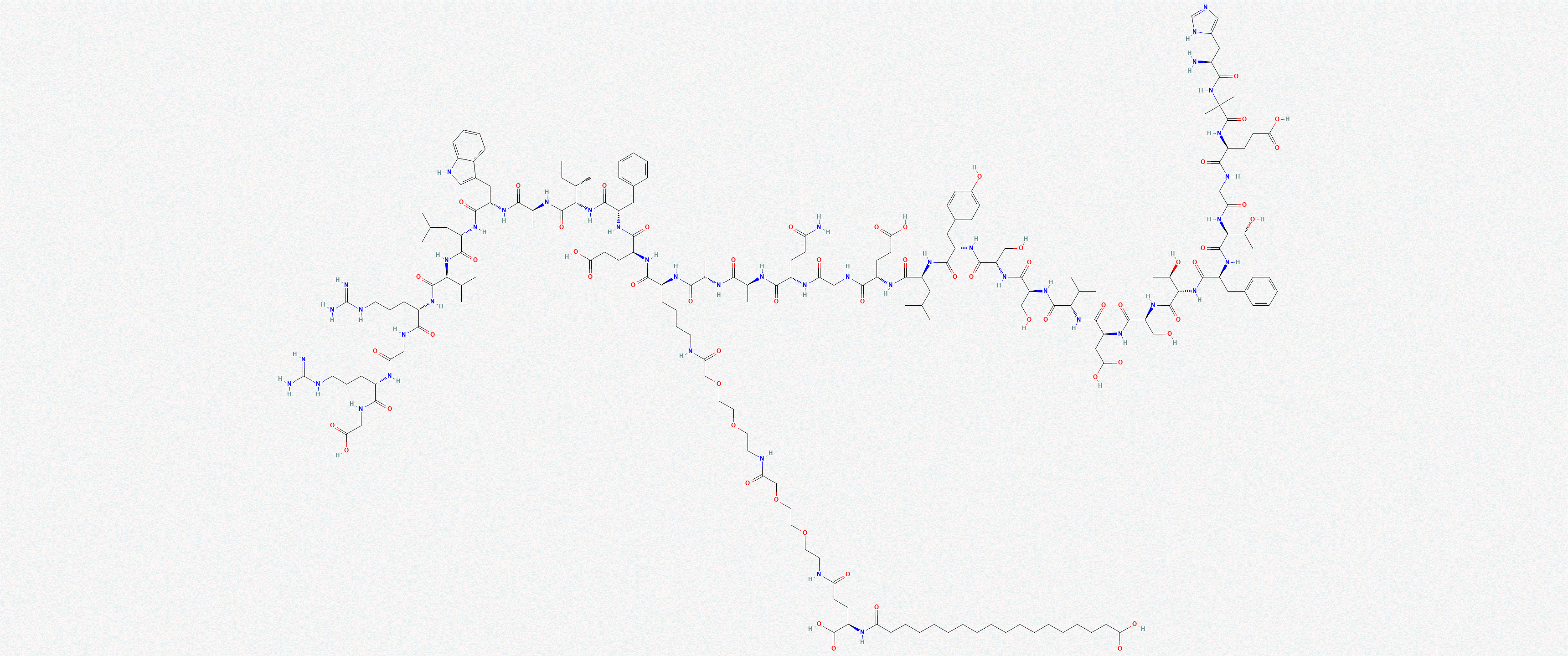
Sequenza: Hxegtftsdvssylegqaak-oh.sterico diacid-efiawlvrgrg
Formula molecolare: C187H291N45O59
Peso molecolare: 4113.64g/mol
PUBCHEM CID: 56843331
Numero CAS: 910463-68-2
Sinonimi: Semaglutide, Oxempic, Rybelsus, NN9535
Forse l'effetto più importante che GLP-1 ha, secondo il Dr. Holst, viene definito "effetto di incretina". Le incretinne sono un gruppo di ormoni metabolici, rilasciati dal tratto gastrointestinale, che causano una diminuzione dei livelli di glicemia (zucchero). È stato dimostrato che GLP-1 è uno dei due ormoni più importanti (l'altro che è GIP) per stimolare l'effetto incretina nei modelli di roditori. Sebbene GIP circola a livelli circa 10 volte superiore a quello di GLP-1, ci sono prove che il GLP-1 è il più potente delle due molecole, in particolare quando i livelli di glicemia sono piuttosto alti.
A GLP-1 receptor has been identified on the surface of pancreatic beta cells, making it clear that GLP-1 directly stimulates the exocytosis of insulin from the pancreas. When combined with sulfonylurea drugs, GLP-1 has been shown to boost insulin secretion enough to cause mild hypoglycemia in up to 40% of subjects[1]. Of course, increased insulin secretion is associated with a number of trophic effects including increased protein synthesis, reduction in the breakdown of protein, and increased uptake of amino acids by skeletal muscle.
Research in animal models suggests that GLP-1 can stimulate the growth and proliferation of pancreatic beta cells and that it may stimulate the differentiation of new beta cells form progenitors in the pancreatic duct epithelium. Research has also shown that GLP-1 inhibits beta cell apoptosis[1]. Taken in sum, these effects tip the usual balance of beta cell growth and death toward growth, suggesting that the peptide may be useful in treating diabetes and in protecting the pancreas against insult that harms beta cells.
In one particularly compelling trial, GLP-1 was shown to inhibit the death of beta cells caused by enhanced levels of inflammatory cytokines. In fact, mouse models of type 1 diabetes have revealed that GLP-1 protects islet cells from destruction and may, in fact, be a useful means of preventing onset of the type 1 diabetes[2].
Research in mouse models suggests that administration of GLP-1, and its similar cousin GLP-1, into the brains of mice can reduce the drive to eat and inhibit food intake[3]. It appears that GLP-1 may actually enhance feelings of satiety, helping individuals to feel fuller and reducing hunger indirectly. Recent clinical studies have shown in mice that twice daily administration of GLP-1 receptor agonists cause gradual, linear weight loss. Over a long period, this weight loss is associated with significant improvement in cardiovascular risk factors and a reduction in hemoglobin A1C levels, the latter of these being a proxy marker for the severity of diabetes and the quality of blood sugar control attained via treatment[4].
It is now know that GLP-1 receptors are distributed throughout the heart and act to improve cardiac function in certain settings by boosting heart rate and reducing left ventricular end-diastolic pressure[5]. The latter may not seem like much, but increased LV end-diastolic pressure is associated with LV hypertrophy, cardiac remodeling, and eventual heart failure.
Recent evidence has even suggested that GLP-1 could play role in decreasing the overall damaged caused by a heart attack. It appears that the peptide improves cardiac muscle glucose uptake, thereby helping struggling ischemic heart muscle cells to get the nutrition they need to continue functioning and avoid programmed cell death. The increase in glucose uptake in these cells appears to independent of insulin[6].
Large infusions of GLP-1 into dogs have been shown to improve LV performance and reduce systemic vascular resistance. The latter effect can help to reduce blood pressure and ease strain on the heart as a result[7]. This, in turn, can help to reduce the long-term consequences of high blood pressure such as LV remodeling, vascular thickening, and heart failure. According to Dr. Holst, administration of GLP-1 following cardiac injury has “constantly increased myocardial performance both in experimental animal models and in patients.”
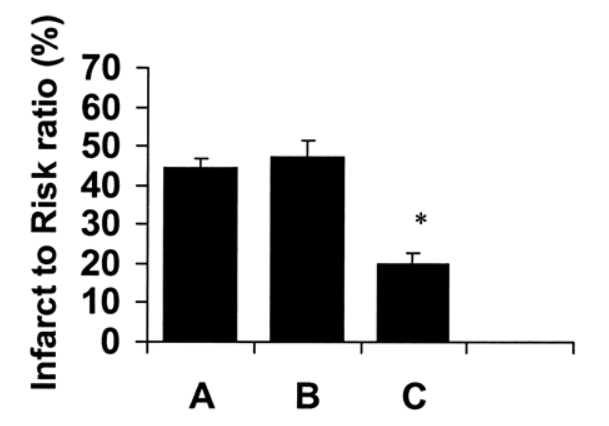
There is some evidence to suggest that GLP-1 can improve learning and help to protect neurons against neurodegenerative diseases such as Alzheimer’s disease. In one study, GLP-1 was shown to enhance associative and spatial learning in mice and even to improve learning deficits in mice with specific gene defects. In rats that over-express the GLP-1 receptor in certain regions of the brain, learning and memory are both significantly better than in their normal controls[8].
Additional research in mice has shown that GLP-1 can help to protect against excitotoxic neuron damage, completely protecting rat models of neurodegeneration against glutamate-induced apoptosis. The peptide can even stimulate neurite outgrowth in cultured cells. Researchers are hopeful that additional research on GLP-1 will reveal how it might be used to halt or reverse certain neurodegenerative diseases[9].
Interestingly, GLP-1 and its analogue exendin-4 have been shown in mouse models to reduce levels of amyloid-beta in the brain as well as the beta-amyloid precursor protein found in neurons. Amyloid beta is the primary component of the plaques observed in Alzheimer’s disease, plaques which, while not necessarily known to be causative, are associated with the severity of the disease. It remains to be seen if preventing amyloid beta accumulation can protect against the effects of Alzheimer’s disease, but this research is, at the very least, a tantalizing clue as to how scientists my intervene in the progression of mild cognitive impairment to full Alzheimer’s disease[10].
GLP-1 exhibits minimal to moderate side effects, low oral and excellent subcutaneous bioavailability in mice. Per kg dosage in mice does not scale to humans. GLP-1 for sale at
The above literature was researched, edited and organized by Dr. Logan, M.D. Dr. Logan holds a doctorate degree from Case Western Reserve University School of Medicine and a B.S. in molecular biology.
In 1986 Professor Jens Juul Holst discovered the GLP-1 hormone in connection with his work on stomach ulcer surgery. Since the discovery, Novo Nordisk have used the research to successfully develop products to treat diabetes and obesity. The hormone GLP-1 can be used to regulate blood sugar levels and satiety. Not only has it made treatment of obesity and diabetes possible, it has also proven useful preventatively through early diagnosis for citizens who are at risk of developing diabetes and obesity. In 2015, Jens Juul Holst received the prestigious international Fernström prize for his research on GLP-1. He is one of the most cited researchers in Europe, with over 1,200 published articles and citations in over 3,500 articles annually.
Professor Jens Juul Holst is being referenced as one of the leading scientists involved in the research and development of GLP-1. In no way is this doctor/scientist endorsing or advocating the purchase, sale, or use of this product for any reason. There is no affiliation or relationship, implied or otherwise, between
ALL ARTICLES AND PRODUCT INFORMATION PROVIDED ON THIS WEBSITE ARE FOR INFORMATIONAL AND EDUCATIONAL PURPOSES ONLY.
The products offered on this website are furnished for in-vitro studies only. In-vitro studies (Latin: in glass) are performed outside of the body. These products are not medicines or drugs and have not been approved by the FDA to prevent, treat or cure any medical condition, ailment or disease. Bodily introduction of any kind into humans or animals is strictly forbidden by law.
PeptideGurus is a leading supplier of American-made research peptides, offering top-quality products at competitive prices. With a focus on excellence and customer service, they ensure a secure and convenient ordering process with global shipping.
CONTACT